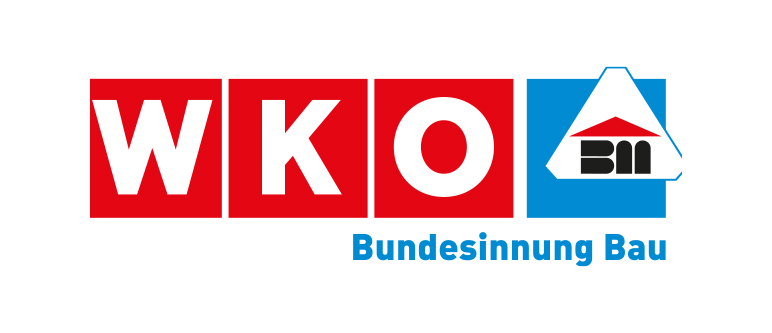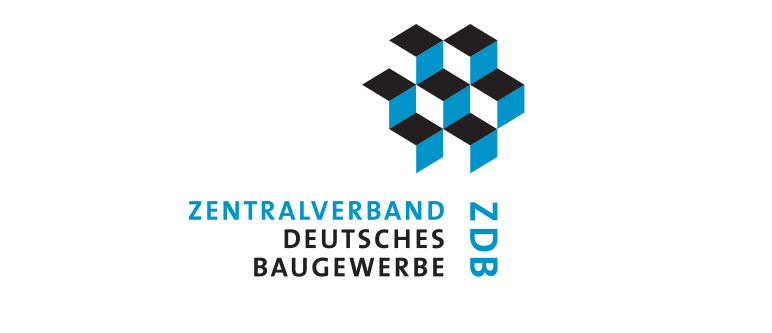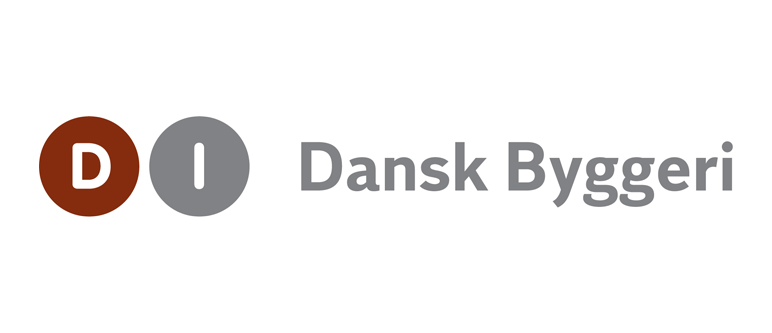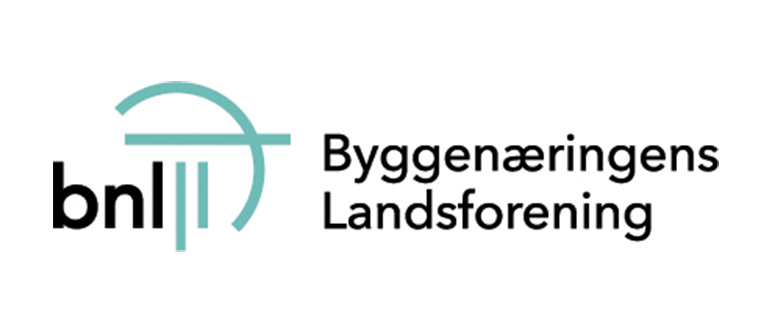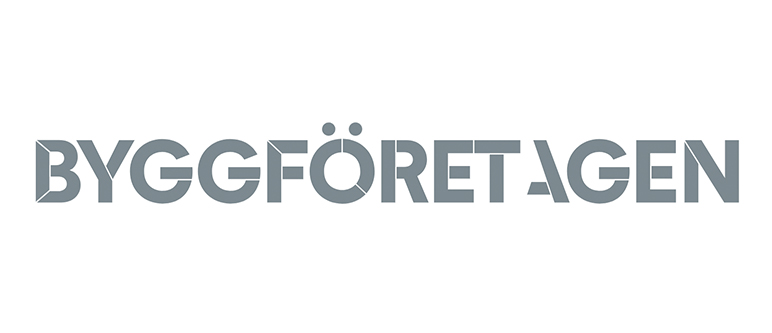Overall construction activity
Covid-19 and the restrictive measures had a negative effect on construction activity in Norway in 2020, albeit to a lesser extent than expected when the measures were introduced in March 2020. Preliminary figures indicate that total construction activity was almost at the same level as in 2019. Initial forecasts predict a decline of 7% in total construction output compared to 2019. Excluding civil engineering, the forecasts for the building segment showed a decline of 12%. Forecasts for the civil engineering segment for 2020 were much more positive. We expected Covid-19 measures to affect civil engineering works much less than the building sector. However, there were other negative effects on the civil engineering activity, and the outcome seems to be close to a zero growth rate.
The Covid-19 measures will also affect the building segment in 2021. This segment is not expected to grow in 2021. However, the civil engineering segment could recover in 2021. Total construction output could therefore rise by 4% in 2021.
Total employment in construction is estimated to have decreased by 2% in 2020. It is expected to increase again in 2021. However, since much of the growth in production will stem from works that are less labour intensive, employment is estimated to rise by 1% only. Thus, employment in the construction sector will still be lower in 2021 than in 2019.
Housebuilding
Even though the restrictive measures affected some construction sites, in 2020, building starts were only 7% lower than in 2019. Low interest rates were a supportive factor as well as shrinking households’ expenses on tourism services which were to some extent redirected to construction services.
The outlook for 2021 is relatively stable. Housebuilding could, however, decrease in the long term due to a slower population growth. This is due to a lower fertility rate, but mostly because of a sharp decrease in net immigration. Still, the number of households is growing stronger than the population as the average size of households is declining. In addition, housing shortage in Oslo still persists. Thus, future housing production could be around 30,000 units for the years to come.
The housebuilding segment also includes the construction of holiday houses and residential garages. The development for garages is linked to housing production, while demand for holiday houses is more linked to the general economic development. Historically low interest rates and the related strong growth in house prices in 2020 helped to keep up the demand for holiday houses, even tough the general economy suffered from Covid-19 measures.
The market for residential renovation and maintenance (R&M) is generally performing slightly better than the market for new constructions. Still, at about 2%, the growth rates in 2021 will be rather modest. Growth in 2020 was probably close to zero as this segment was particularly affected by Covid-19 measures. However, households’ own DIY-production peaked in 2020.
GDP 2020
BILLION
POPULATION 2020
Total investment in construction in 2020
BILLION
Non-residential construction
The negative consequences from Covid-19 were significantly stronger for this segment. Building starts (in m²) fell by about 9% compared to 2019, but growth is expected to resume at a rate of 3% from 2021. The construction output has, however, developed more positively than square meters started, thanks to the many large hospital projects which started in 2019 and early 2020. Total new non-residential construction output in 2020 was thus at about the same level as in 2019 but is forecasted to decline by 8% in 2021, even though square meters started will increase.
The production of R&M works for non-residential buildings is estimated to remain unchanged from 2019 to 2020, and grow moderately in 2021. Demand from the private sector fell in 2020, but this was compensated by a strong increase in demand from the public sector. There is a large backlog of R&M works on public municipal buildings. Countercyclical measures to fuel the recovery from the crisis could eliminate this backlog. R&M works are an easier way for the government to stimulate the construction industry than new buildings projects as these take more time to plan and prepare. In 2021, the sharp division between private and public R&M demand seems to fade away, and both segments of the non-residential R&M market are expected to grow.
Civil engineering
The civil engineering market has been the fastest-growing construction segment for many years. Growth came to a temporary halt in 2020 but is expected to resume in 2021 thanks to new road and railway works. Growth in R&M works is, at about 2% per year, more modest and therefore not sufficient to eliminate the maintenance backlog.
| Per cent variation of investment in real terms on previous year | |||||||
| investment Mln. € fixed prices | |||||||
| Sectors | 2020a | 2017 | 2018 | 2019 | 2020a | 2021b | |
| 1. | Building | 27,787 | 9.1 | -6.5 | 2.7 | -0.4 | -4.8 |
| 1.1. Housebuilding | 14,959 | 15.0 | -10.5 | 0.8 | -2.8 | -7.6 | |
| 1.1.1. New | 8,880 | 23.2 | -17.7 | 1.1 | -6.4 | -15.9 | |
| 1.1.2. Renovation | 6,078 | 2.7 | 2.8 | 0.4 | 2.5 | 3.3 | |
| 1.2. Non residential (c) | 12,829 | 2.1 | -1.3 | 5.0 | 2.3 | -1.6 | |
| 1.2.1. Private | 6,782 | 4.9 | 1.9 | 3.0 | -8.1 | -3.2 | |
| 1.2.2. Public | 6,047 | -0.9 | -4.8 | 7.3 | 14.0 | -0.1 | |
| 2. | Civil Engineering | 10,654 | 1.1 | 7.1 | 2.8 | 7.1 | 14.3 |
| (1 + 2) | Total Construction | 38,441 | 7.0 | -3.1 | 2.7 | 1.7 | 0.8 |
| a: estimate - b: forecast - c: incl. R&M | |||||||
| Number of building permits in residential construction | |||||||
| 2017 | 2018 | 2019 | 2020a | 2021b | |||
| single dwelling | 7,861 | 7,080 | 6,574 | 6,703 | 6,000 | ||
| collective dwelling | 26,904 | 26,472 | 22,881 | 21,144 | 20,300 | ||
| other types of dwelling | 1,147 | 912 | 2,668 | 2,232 | 1,700 | ||
| Total | 35,912 | 34,464 | 32,123 | 30,079 | 28,000 | ||
| (Collective dwellings and other types of buildings: in number of flats) | |||||||




